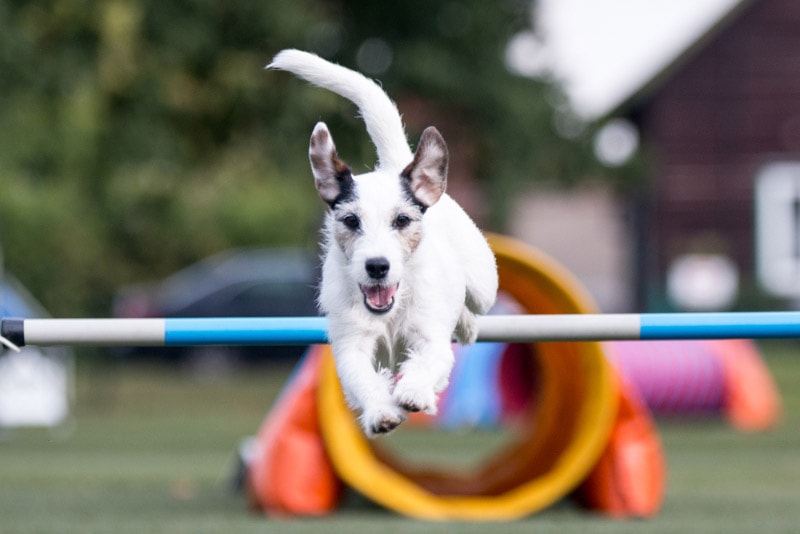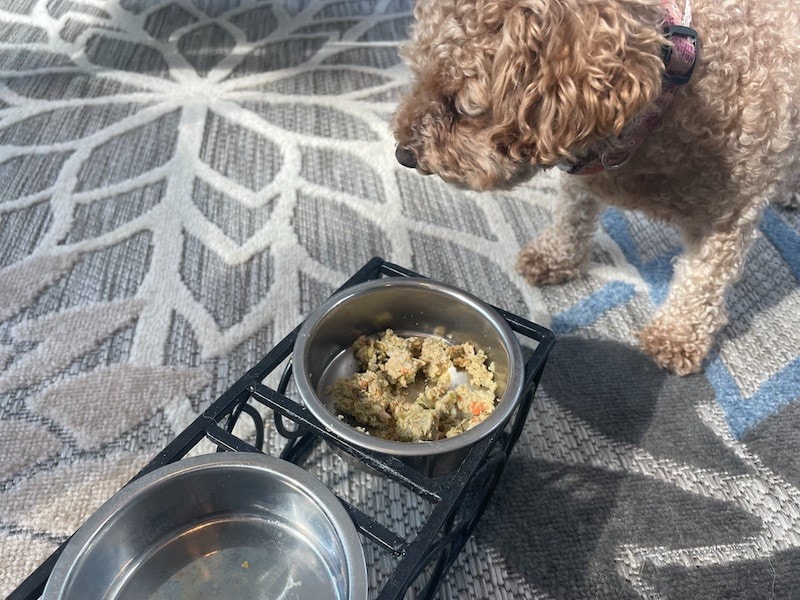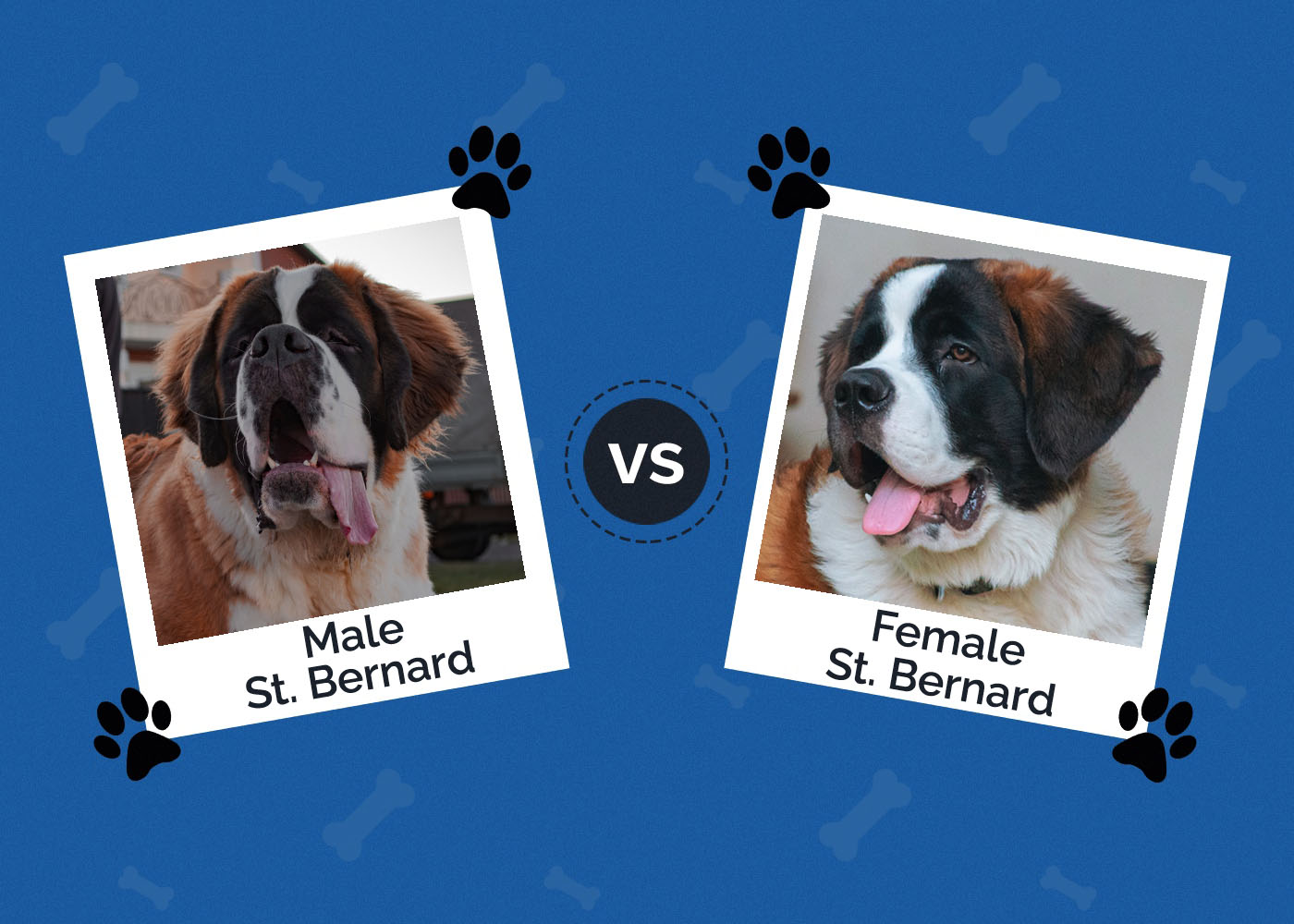7 Dog Breeds Similar to Vizslas (With Pictures)
Updated on
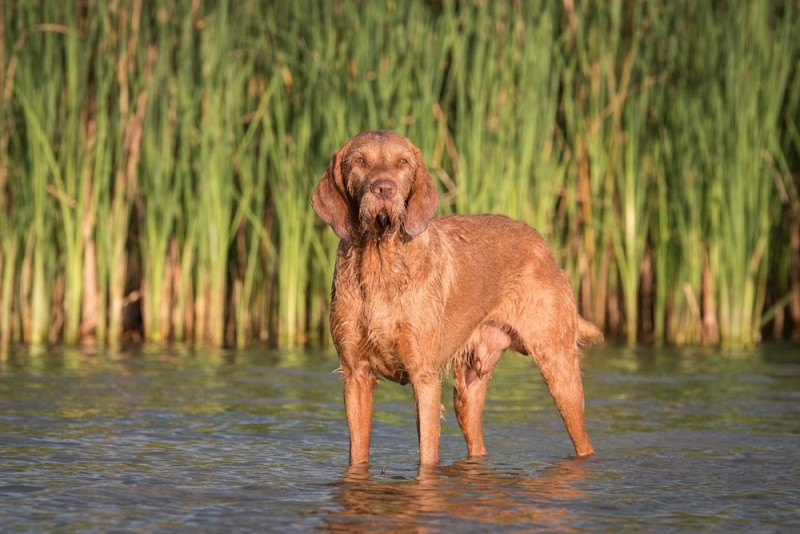
Vizslas are an old breed that originated during ancient times. Despite their ancient history, they are still rare today, especially in the United States. They’re recognized by every kennel club worldwide and fall squarely into the medium-size category. While they can make great pets, there may be some reasons why you’d want to choose a different breed.
Luckily, many different breeds are similar to the Vizslas but may be better suited to you. Let’s look at seven of the most similar breeds, which should give you plenty to choose from.
The 7 Dog Breeds Similar to Vizslas
1. English Pointer
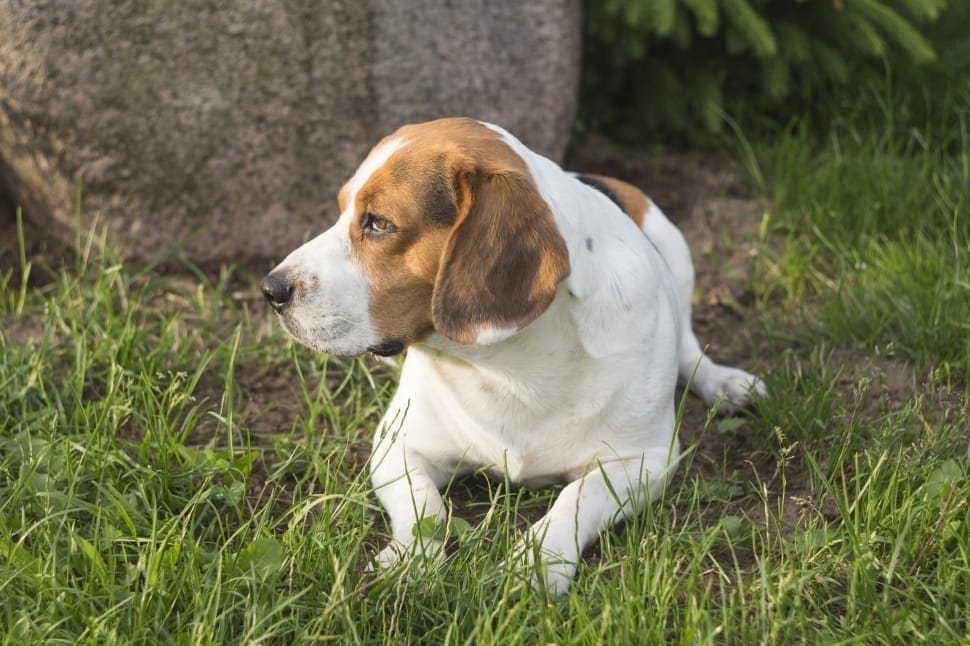
English Pointers are fairly similar to Vizslas. Just like Vizslas, they were designed primarily for hunting. Therefore, they have tons of energy and do their best when adopted by an active owner. They need quite a bit of running and exercise to thrive. They tend to be especially restless as puppies, when they may be prone to barking and chewing if not properly exercised.
They’re often friendly to a point but not as people-oriented as other breeds. They are not natural guard dogs, but they don’t love everyone they see. Therefore, socialization is very important at an early age to prevent aggression and behavioral issues.
We recommend this dog for those looking for a true athlete with little grooming required. They do well with other animals, making them great for multi-pet homes. They’re primarily hunting dogs, so keep that in mind.
The vigorous exercise requirement doesn’t make them for everyone, though. They tend to be rowdy and often jump, especially when not exercised properly. These behaviors can evolve into barking and chewing when the dog is alone. They also aren’t the most trainable, as they were bred primarily to be hunting companions.
2. German Shorthair
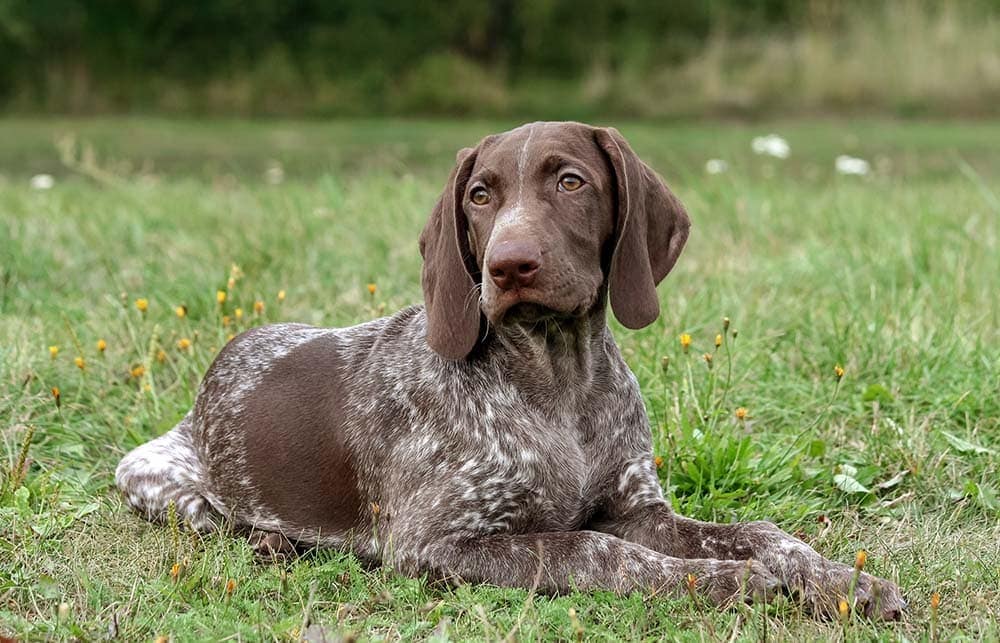
Like most dogs on this list, the German Shorthair is also a hunting dog. They require quite a bit of exercise to be happy. Otherwise, they may chew, become hyperactive, or bark constantly. They’re often friendly towards strangers to some extent, but they can be mildly protective. They vary greatly in temperament when strangers are involved, so early socialization is always recommended.
Often, they are good with other pets. However, some may be determined chasers. Keep this in mind if you have cats.
Obedience training is highly recommended to keep these dogs under control. Luckily, they’re pretty easy to train, though they won’t always listen—they’re a bundle of energy, often leading to them ignoring commands.
3. Rhodesian Ridgeback
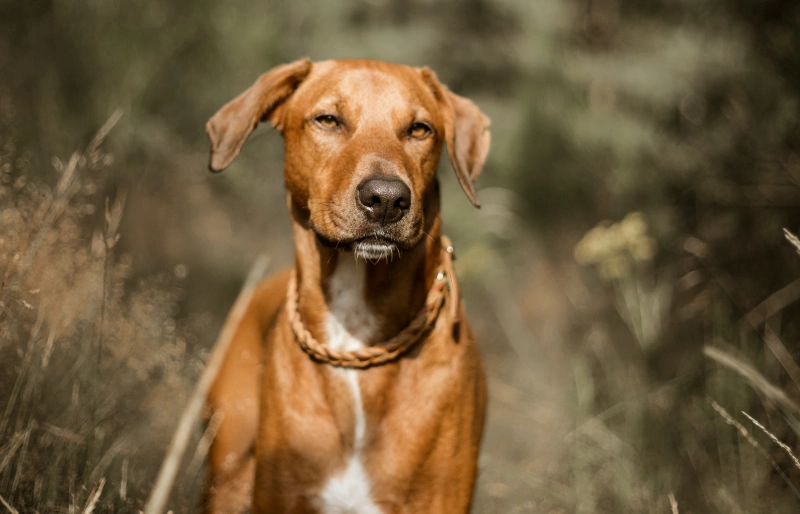
The Rhodesian Ridgeback is another hunting dog. However, they combine a sighthound and a scenthound, giving them some unique qualities. They require lots of exercise, so we only recommend them for active families. They aren’t going to sit around the house all day and mind their own business—instead, they’re very rambunctious and need tons of stimulation.
They’re quite territorial, especially given that they’re a hound. You’ll need to socialize with them regularly to prevent aggression. They can be aggressive with other animals, especially dogs of the same sex. However, some do better with animals than others.
They can be trained easily but tend to do things their way. They aren’t always the best at listening to commands.
4. Dalmatian
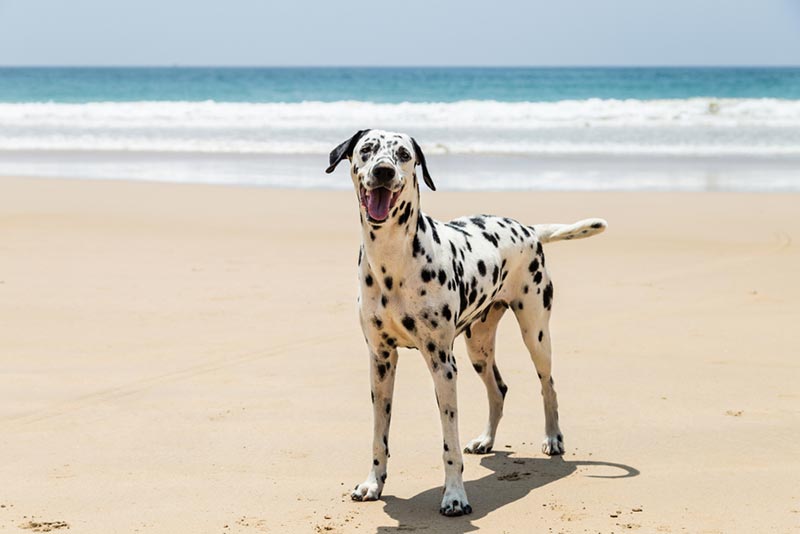
The Dalmatian looks a bit like a Vizsla with its sleek coat. However, their spots easily set them apart, though their temperament is quite similar.
However, purchasing a Dalmatian can be complicated because so many of these dogs were poorly bred. The breed’s popularity spiked after the 101 Dalmatian movies emerged, leading to many unknowledgeable breeders producing puppies to make money. These dogs still suffer from temperament and health problems due to this poor breeding.
Well-bred dalmatians require a lot of activity and mental stimulation. Without it, they can become destructive and jittery. Therefore, they do best in active families that can meet their stimulation needs easily.
5. Greyhound
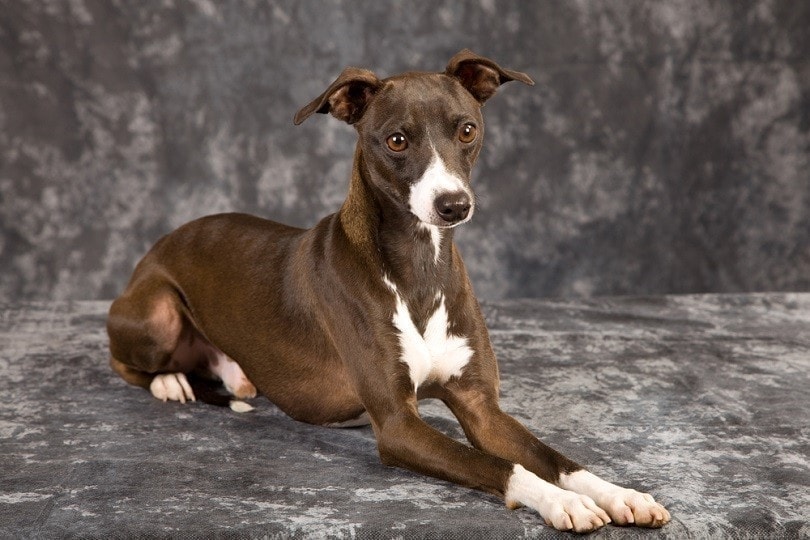
You’ll probably notice several similarities between the Greyhound and Vizsla. The Greyhound is the fastest dog in the world. They were bred to chase animals and catch them. However, they don’t have that much stamina. Therefore, their exercise needs are often less than you’d expect.
Greyhounds are often calm and quiet. They don’t bark much and enjoy spending much time lying around. However, they will chase just about everything that moves. Therefore, you should always keep your dog on a leash. As you might expect, they don’t do well in homes with cats.
These dogs can be a bit sensitive and they do best in environments that aren’t full of tension or activity. Therefore, they do best for homes with older, relaxed children.
6. Golden Retriever
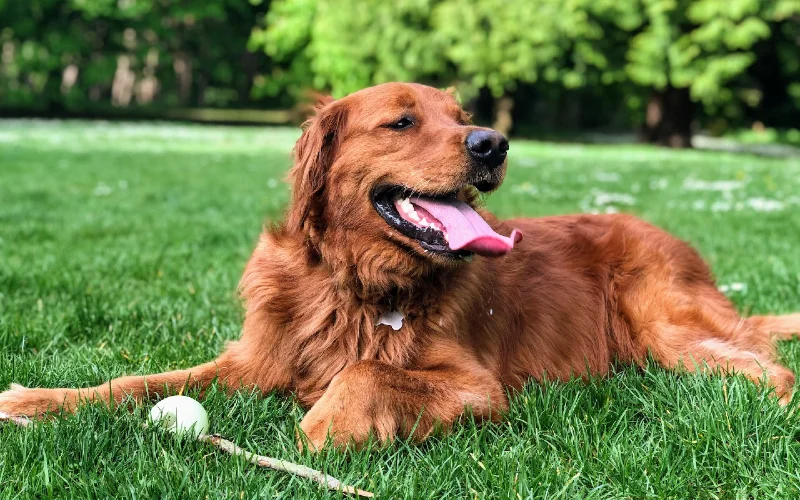
The Golden Retriever isn’t as similar to the Vizsla as the other dogs on this list. However, it is worth noting as its one of the most popular dogs in the United States. They’re extremely intelligent and people-oriented but they require lots of exercise and entertainment. Otherwise, they can become out-of-control and destructive. They aren’t very laidback, so they do best in a household with active individuals. Homes with big families work best, as it allows many people to keep them well-exercised and entertained.
However, these dogs do have long fur and shed a lot. You’ll need to brush them often and enlist the help of a powerful vacuum. They differ from Vizslas in this way.
7. Labrador
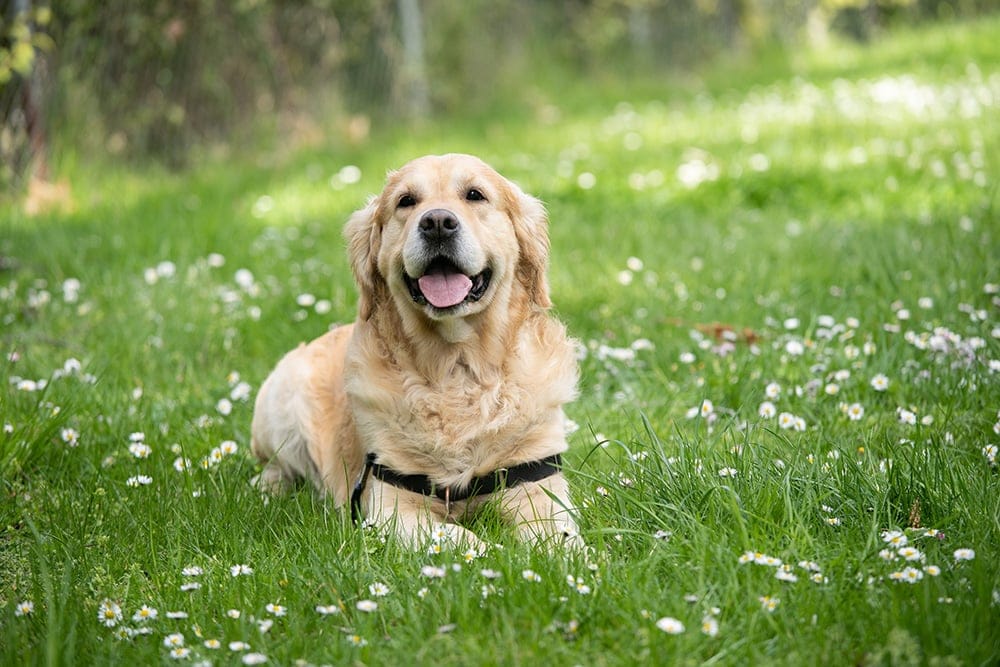
The Labrador is somewhat similar to the Vizsla. They’re very energetic, requiring a lot of activity. They also align themselves closely with their owners, making them prone to separation anxiety. Their playful and friendly temperament makes them perfect for active families, however, they aren’t well suited as lap dogs.
This breed doesn’t require the same attention as the Vizsla, so they may be better suitable for families with less time. However, you do have to be cautious regarding their exercise requirements, as they require a lot of activity each day.
 Conclusion
Conclusion
There you have it! If you like the look and temperament of a Vizsla but for whatever reason cannot get one (they are rather difficult to find), the dogs on this list are fairly similar in different ways. The most similar attribute to all these breeds is their energy levels—all these dogs need a lot of exercise to keep them happy and healthy, just like a Vizsla.
Featured Image Credit: Shakarrigrafie, Shutterstock

